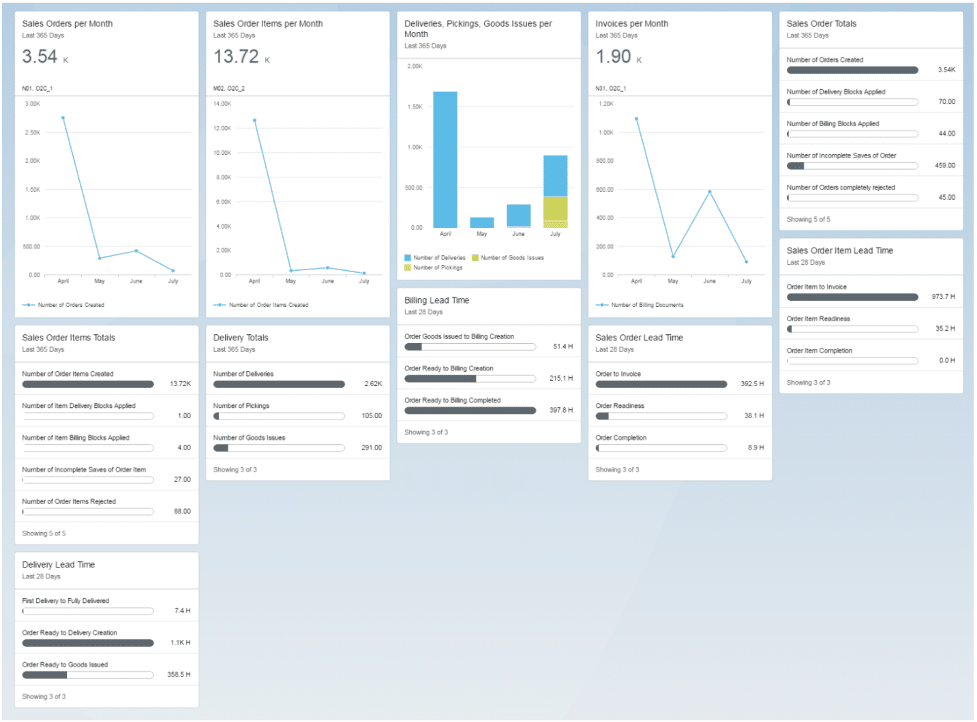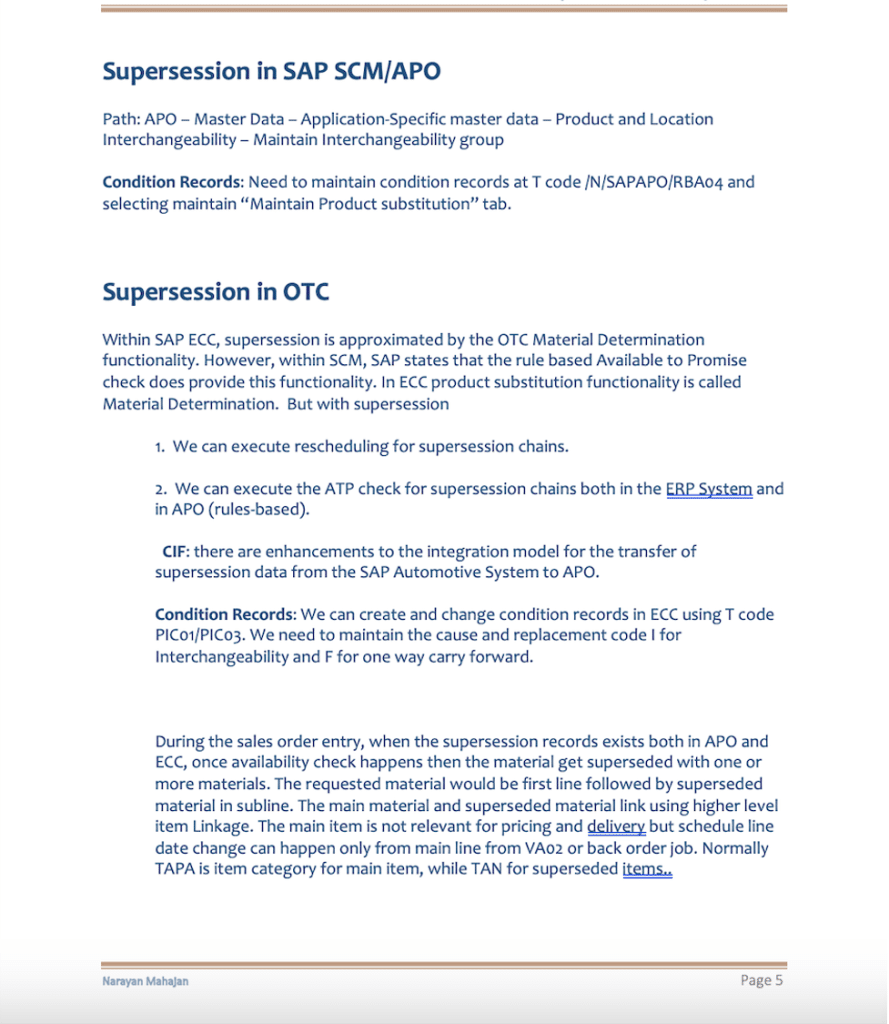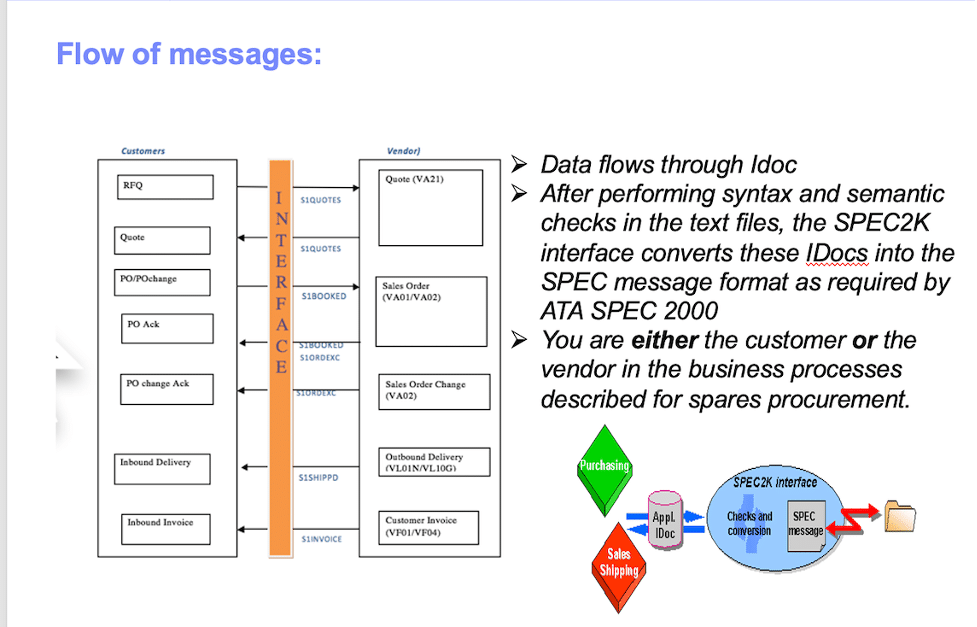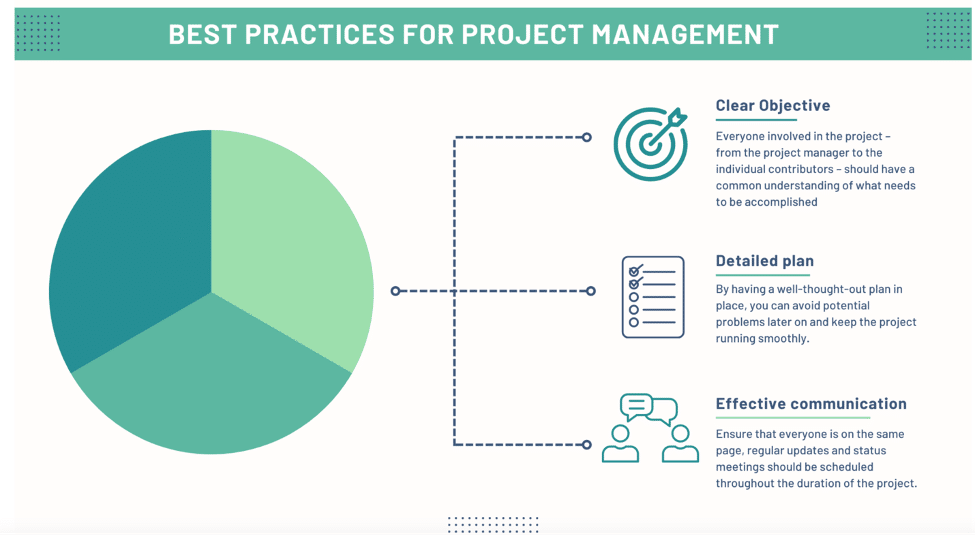The business and technology landscape is undergoing a significant transformation. Groundbreaking technologies such as artificial intelligence, machine learning, blockchain, and data analytics are triggering a revolution in the industry, with its pace of change unmatched in history. The ripple effects of this transformation are felt across sectors and borders, rendering the technology landscape a thrilling field to explore. These technological strides usher in a complex landscape of both daunting challenges and promising opportunities, thereby calling for agile, inventive, and forward-thinking leaders to guide organizations on the path of progress.
One such professional is Narayan Mahajan, an accomplished leader with a distinguished career that encapsulates the ever-changing technology industry’s essence. Narayan’s journey in the technology sector spans over two decades, during which he has held multiple roles and delivered extraordinary results. He started his career in technology consulting, where he honed his skills in problem-solving and client engagement. With time, he developed a deep understanding of various technologies and business processes, allowing him to provide effective solutions for complex business challenges.
Narayan’s expertise extends across numerous sectors, including healthcare, automotive, and supply chain. He has led large teams in project and program management roles, managing multiple projects and delivering them successfully within the agreed timelines and budget. His leadership style, characterized by proactive engagement, fostering collaboration, and promoting innovation, has garnered him respect from his peers and clients alike.
However, it is not just his technical skills and leadership abilities that have distinguished Narayan; his knack for establishing and nurturing client relationships sets him apart. He understands the importance of going beyond initial requirements to deliver value to clients. This ability to exceed client expectations has seen him win multiple awards and recognition.
We had the privilege of interviewing Narayan Mahajan, who shed more light on his illustrious career and the recognition he has received for his exemplary work. Notably, Narayan has been honored with prestigious awards such as the IBM “Manager’s Choice Award,” IBM Spirit Award, and IBM GBS Service Excellence Awards. These awards are a testament to his exceptional performance, dedication, and commitment to ensuring client satisfaction.
Beyond these awards, Narayan has also earned significant recognition from his clients. His ability to deliver value, coupled with his commitment to building strong relationships, has not only earned him accolades but has also led to increased business for his organization.
It’s great to have you here, Narayan! Can you share an example of a project or situation where you received client recognition for your exceptional performance? How did you contribute to achieving client satisfaction?
A major aviation client wanted to cut costs, boost efficiency, and expedite the delivery time for products manufactured by vendors, necessitating the integration of two different companies owned by the client operating on separate systems. The goal was to deliver these products to customers more swiftly and effectively. We then developed the concept of a “Supplier-Connect” project to meet these initial business requirements.
As the lead solution architect and Subject Matter Expert (SME), I proposed an enhanced solution fitting the needs of the Aeronautics & Defense (A&D) business after a comprehensive discussion, requirement gathering, and system analysis. I took on a pivotal role, scheduling meetings with the client/business, discussing business modules, and proposing solutions. I was also responsible for designing and implementing solutions via user stories, utilizing Agile/Scrum methodologies in sprints and an epic.
We designed a system capable of showcasing parts alongside vendor details, pricing, and delivery time online. This enabled order acceptance from diverse sources such as Hybris, website, EDI, and manual entries.
Upon order placement by a customer, a sales order is automatically generated, populating relevant data like plant, route, freight a/c#, inco-term, etc. Matching vendor-supported values in the sales order, a Purchase Requisition (PR) is created, which is subsequently converted to a Purchase Order (PO) via a batch job. When the supplier ships products to customers, a notification is sent using EDI-856. This triggers the creation of inbound delivery and sends an Advance Shipment Notice (ASN) to the customer with shipping details. The customers are then invoiced through a batch job.
This process saved the client considerable time and costs while improving efficiency. As the lead, I worked closely with the team responsible for system design, configuration, Functional Specification Documents (FSDs), business liaisons, Quality Assurance (QA), cross-functional teams, and product delivery. I also filled the role of a scrum master in several sprints, overseeing scrum planning, daily scrum meetings, product delivery, scrum retrospective meetings, and coordinating the scrum team with the product owner to meet expectations.
This successful design and solution led the client to publicize our achievements in a company-wide communication, which even reached the CEO. Furthermore, they celebrated our shared success with a ceremony at our Dallas, TX, office. The client’s satisfaction was evident in their cordial visits and personal greetings whenever key users and business managers visited our building.
By leading the successful realization of the client’s goals, I created value for the client and my colleagues, whom I aided in design, FSD, testing, and Knowledge Transfer (KT). Hence, I contributed significantly to the client’s success story and represented IBM effectively.
With the integration of a new system into Supplier Connect, over 12,500 hardware part numbers are now directly available for the client’s customers to order from supplier warehouses. This expanded product catalog and innovative supply chain solution significantly increase the value provided to our customers.
The most significant win here?
After months of collaborative development efforts between two companies, we have achieved full integration through Supplier Connect. This will enhance our service quality and provide greater value to our client’s customers.
What do you believe sets you apart in terms of delivering value to clients? Can you provide a specific example of how you added value to a client engagement?
Creating value for clients involves providing products and services that are worth their time, energy, and money. For a product or service to offer value, its perceived benefits should outweigh its cost. Thus, creating value involves enhancing benefits within an acceptable price range.
The two primary elements of customer value are benefits and cost. Benefits can include quality, popularity, accessibility, convenience, and longevity. Enhancing these benefits without increasing the cost can elevate your product’s or service’s value for customers.
Our Client Value Proposition (CVP) and Unique Selling Proposition (USP) are crucial in highlighting the unique advantages that accompany our service, thereby making it more attractive.
I believe in the following:
- Developing unique, problem-solving solutions
- Ensuring positive customer experiences
- Prioritizing quality over price
- Recognizing and leveraging our strengths
A compelling unique value proposition should include these three important items below:
- Relevancy: Our product or service should solve clients’ problems or improve their situation.
- Quantified Value: We should offer specific benefits.
- Differentiation: We should explain to the ideal customer why they should choose our service over the competition.
Consider this example:
Setting the ground rules, supporting the team, demonstrating leadership, and fostering good relationships and trust among team members and the client are all essential.
In handling Electronic Data Interchange (EDI) sales orders and quotes for a top client, we faced high error rates due to missing Customer Master Info Records (CMIR). These records, which map customer part numbers to our client part numbers, were numerous, and maintaining them was a challenge.
After analyzing the system performance, I proposed a technical process modification to reduce maintenance and failure rates and enhance system performance without affecting the process or requiring additional changes from the end users.
As the project’s Scrum Master and OTC/EDI lead, I suggested a solution that involved reading data from a material ID table. This eliminated the need for creating or maintaining the CMIR and minimized the failure rate by avoiding the creation of a separate record for each customer and part number combination.
The implementation of this change required extensive coordination among various teams, including EDI/middleware, ABAP, QA, and the OTC/SD functional team. As the Subject Matter Expert (SME) familiar with both EDI and OTC, I led the blueprint session, presented the solutions to the client, and guided the team throughout the implementation process. I also coached the other OTC consultants and worked with the QA and business for testing.
The key message for the team was unity – we are one team with one goal: to deliver the highest quality solution within a specific time frame. Our collective hard work paid off, and we delivered the change smoothly. By appreciating the team’s accomplishments and efforts, I helped to maintain their motivation and foster a sense of unity.
The successful delivery of the solution earned appreciation from my team, client business, and IT managers. They commended my efforts in coordination, team motivation and support, coaching, and creating a positive work environment. This scenario demonstrates how value is created for clients through unique solutions, innovative approaches, time efficiency, error reduction, and enhanced performance.

How do you establish and maintain strong relationships with clients? Can you share a situation where your relationship-building skills positively impacted the outcome of a project?
Building client relationships requires the cultivation of connections through communication and business practices that cater to consumer needs. As Henry Ford once said, “It’s not the employer who pays the wages. Employers only handle the money. It’s the client who pays the wages.”
Enhancing these relationships can lead to improved client retention, expanded client base through referrals and advertising, and increased Client Lifetime Value (CLV) – the total projected expenditure of a client throughout their relationship with a business.
Building better client relations is a complex process. Here are the steps I follow to streamline the effort:
- Communicate effectively. Regular follow-up calls or occasional check-in messages are the best ways to reach clients and foster long-lasting connections.
- Encourage and respond to client feedback. An open line of communication, enabling clients to suggest improvements, is essential for their satisfaction. Actively seeking feedback through surveys shows your concern for the client experience.
- Build trust. A successful business relationship depends on trust. Clients anticipate quality, timeliness, and consistency. Be transparent if expectations aren’t met, and explain the measures taken to prevent recurrence.
- Treat them as individuals. Remember, clients are human beings deserving respect and kindness. Every phone call or email involves another person at its end.
- Reward loyalty. Offering incentives such as discounts for repeat customers or VIP rewards programs can secure loyal clients. Let your clients know you appreciate and value them.
Consider this example:
I served as the SAP SD/LE lead and Solution Architect for an SAP implementation project in Brazil. The challenges were considerable, given the disparate team locations (India, USA, and Brazil), language barriers with subcontractors, and cultural differences.
My responsibility was to ensure the successful delivery of SD/LE tasks. This required collaboration with the team, setting ground rules, building relationships, holding daily meetings, and most importantly, promoting teamwork.
I initiated daily 30-minute meetings to ensure everyone was updated, addressing task-related issues promptly. On several occasions, we dined together, allowing us to build stronger relationships and work more cohesively.
I also spent substantial time with client managers, sponsors, and stakeholders, understanding their requirements and expectations. I proposed many improvement suggestions, building trust through my commitment to providing the best solutions.
Since many clients were unfamiliar with SAP’s processes and methodologies, I offered coaching sessions, accelerating their understanding and contribution to the project.
Despite our efforts, we missed the deadline due to unforeseen circumstances. However, our established relationship with the client facilitated clear communication. Despite the significant financial impact, they agreed to continue working with us, evidencing the value of strong client relationships. We retained the client, earned their business, and were able to deliver a superior product/service thanks to this relationship.
The IBM “Manager’s Choice Award,” IBM Spirit Award, and IBM GBS Service Excellence Awards showcase your dedication and exceptional performance. Can you describe a specific project or initiative where you went above and beyond to deserve these awards?
Securing special awards at IBM is no easy feat. Prizes such as the “Manager’s Choice Award,” “IBM Spirit Award,” and “IBM GBS Service Excellence Award” require employees to outperform more than 300,000 of their peers.
The Intelligent Automation Platform (IAP) is a unique automation-as-a-service offering, providing diverse intelligent workflows to IBM clients. Built with the best of IBM products, vendor solutions, open-source technologies, security and monitoring tools, it’s hosted on AWS. The platform has been performing reliably for years, supporting two large client projects under a multi-tenant model. Currently, a second instance of the platform is being prepared to cater to one of our largest automobile clients, requiring the highest level of security accreditation.
Client organizations have often found it challenging to quickly implement and scale transformative technologies for optimizing operational performance while enhancing user experiences. The evolution of automation technology, including Robotic Process Automation (RPA) and Artificial Intelligence (AI), allows organizations to enjoy the performance enhancements that commercial entities have been reaping for years. The future of B2B commercial clients is a hybrid workforce, where human value lies in creating superior customer experiences, while machines execute flawlessly controlled transactions. RPA and AI, leveraged across the Intelligent Automation Platform, provide government entities the ability to reduce costs, capture missed opportunities, and minimize enterprise risk while freeing up employees to focus on higher-value work.
Utilizing automation-as-a-service through SAP S/4 HANA allows organizations to rapidly adopt transformative technologies at scale and realize value without the upfront cost of designing and building an enterprise platform or the need to reskill a workforce to operate, maintain, and manage the performance of these next-generation enterprise applications.
I led the design and deployment of an Automation Platform, delivered as a Managed Service hosted on AWS and SAP S/4 HANA. It’s configured to automate claims intake and sales returns/credit requests/refund processing. The platform, designed for loose coupling, scalability, extensibility, and security, capitalizes on the best SAP solutions in OTC/EDI/PTP/LE and partner strengths. This approach facilitates the development of intelligent workflows with shorter design/development cycles and lower costs.
The platform operates 24/7, processing documents and requests. It’s supported by an elastic cloud footprint that scales on demand. We typically run 200 RPA Bots in production and a significant number of elastic containers within a serverless architecture. Business operations, infrastructure, and security teams monitor the platform around the clock, integrating with various collaboration tools and channels such as Slack, email, and text for real-time notifications and alerts.

How do you ensure client satisfaction and navigate challenging situations to achieve high client satisfaction? Can you provide an example?
Customers are the lifeblood of any business, and it’s crucial to consistently strive to enhance their satisfaction. This satisfaction is the bedrock of customer loyalty and the success of our business. Satisfied customers advocate for our brand, provide us with repeat business, and boost our presence in the market. Without satisfaction, we lack loyalty. Without loyalty, customers may switch to our competitors or another suitable alternative when given the opportunity. Importantly, maintaining customer satisfaction and loyalty is cost-effective, as it is seven times more expensive to acquire new customers than to retain existing ones.
Understanding our customers’ satisfaction level is vital. It helps us identify our business’s strong points, while also highlighting areas that need improvement to meet and exceed customer expectations.
To gauge customer satisfaction, I adhere to the following procedure:
- Understand customer expectations.
- Cultivate a customer-centric culture.
- Put ourselves in the customer’s shoes.
- Lead with empathy.
- Regularly seek feedback.
- Treat our customers with respect and courtesy.
- Train our teams.
- Act upon customer feedback.
- Equip our support teams with the necessary tools for success.
- Make customer interaction with our business effortless.
- Develop customer loyalty programs.
- Be transparent about any setbacks or failures.
For example, I worked on an SAP implementation project for an FMCG client spanning Canada, China, and India regions. I was part of the MTD team and was involved in the project from requirement gathering to go-live support. I contributed to designing specific process flows for India and China, such as route determination, shipment process, inventory management, and transfers.
Initially, I familiarized myself with the industry’s workings and the standard processes. Upon gaining thorough knowledge of the industry, I assessed the client’s processes and their existing design, then mapped these into SAP. I served as an SME in SD/LE and IM modules of SAP, which encompassed delivery and shipment processes, inventory management processes, and more. My tasks included SAP configuration, creating FSDs, designing forms, and training users.
I worked closely with the business users in the shipping and inventory management departments, guiding them to understand the SAP process in alignment with industry standards. This training included procedures, workflows, and transaction execution using Tcodes.
During the SAP implementation, we adhered to IBM’s SAP practice strategies and SAP methodologies. We offered numerous recommendations to improve shipment processes. For example, the client had not been calculating shipping costs for deliveries made with their vehicles. We clarified the financial impact and guided them in calculating the accurate shipping costs and freight for these processes. This recommendation enabled the client to correctly calculate profits and maintain transparent data.
All our contributions and SAP work were well-received, with the client’s PM praising our successful SAP implementation efforts. Our added value and efficiency resulted in satisfied clients, demonstrating our commitment to client values and ethos.
I interacted daily with the client and held weekly meetings with client leadership to collect feedback and ensure we were meeting their expectations. We fostered a customer-centric environment and provided numerous complimentary services. Furthermore, I educated my team on cultivating client satisfaction. As a result of our strong relationship and successful project delivery, the client awarded us a five-year AMS and a support contract.
What strategies do you employ to understand and align with clients’ goals and objectives? Can you share an instance where your understanding of the client’s business needs resulted in a successful outcome?
The cornerstone of continual relationship management is customer success. When our customers thrive, so do my company and I. The best method to ensure our customer reaches their short and long-term objectives? By aligning our goals with theirs. In today’s world, IT drives business. After working across various countries and industries, we have acquired knowledge and insights that might be unfamiliar to our clients, spanning business operations and regulatory compliance.
It’s common to see a client manager send an appreciation email to the service provider manager, but it’s unusual for a client manager to express their appreciation for a service provider or consulting company by acknowledging the contributions to their own manager, CIO, or VP of business. In this rare instance, the client lauded Narayan’s dedication, skills, hard work, and significant contributions that helped them achieve what initially seemed an unattainable goal.
This commendation indicates how well the client appreciated Narayan’s work and his efforts in making the client successful, exemplifying exceeding client expectations and fostering delight.
As a subject matter expert (SME) and leader, I have worked on various EDI-SPEC2000 initiatives. These include the following:
- Reducing iDoc failures
- Minimizing unnecessary messages to customers
- Developing reports beneficial to customer service
- Improving master data management
- Assisting the sales team with report creation, better transaction data management, easy creation of conversion data, developing tools to maintain output records, partner profiles, and data mapping with a single click
All these tasks were successfully completed with excellent quality, delivered on time, and free from bugs, utilizing the best solutions available in the industry. I adopted a customer-friendly approach and maintained a positive relationship with the client. These factors led the client manager to commend my company and I for our contributions to the success of their management/leadership.

Building strong client relationships often involves effective communication and collaboration. How do you approach communication with clients to ensure a clear understanding of their requirements and expectations?
For any business service team, the essence of success lies in robust communication and collaboration. Whether our interactions take place remotely or side by side in an office, it’s paramount to convey information, insights, feedback, and solutions to both colleagues and clients in a timely and coherent manner.
Set Clear Goals and Expectations
To ensure effective communication and collaboration, it’s essential to have a well-defined and mutual comprehension of our team’s objectives, roles, and duties. We need to outline the project’s boundaries, its time frame, allocated budget, and desired quality benchmarks. Additionally, determining the preferred modes, frequency, and methods of communication is crucial. Recognizing and understanding the anticipations and preferences of stakeholders, like clients, managers, or collaborators, is equally vital. By setting these goals and expectations at the outset, we can sidestep misunderstandings, disputes, and divergences down the line.
Leverage Project Management Tools and Techniques
To enhance communication and collaboration, employing project management tools and techniques is key. These not only aid in organizing and tracking our tasks but also in keeping our work updated. Numerous online platforms, such as Asana, Trello, Slack, Google Workspace, and Zoom, offer solutions for project planning, task assignments, progress tracking, file sharing, and team communication. It’s vital to select tools and methods that align with our team’s requirements, preferences, and financial constraints, and to make sure everyone is well-versed and at ease with their usage.
Offer and Welcome Feedback
Feedback is an essential component of effective communication and collaboration. It serves as a tool for refining our work, understanding our missteps, and celebrating our successes. It’s imperative to exchange feedback in a consistent, constructive, and courteous manner, viewing it as a gateway to personal and professional growth. Embracing diverse viewpoints, insights, and recommendations is vital, while refraining from defensive or dismissive behavior. There are multiple channels for sharing and obtaining feedback, including meetings, emails, surveys, and performance evaluations.
Continuous Growth and Improvement
Communication and collaboration are evolving skills that necessitate perpetual growth and refinement. Actively soliciting feedback, counsel, and insights from peers, superiors, mentors, or trainers is key to pinpointing our strengths and areas needing enhancement. It’s imperative to seize opportunities for learning, be it through courses, seminars, webinars, or podcasts, to hone our skills in these areas. Additionally, introspecting on our past experiences, obstacles, and triumphs can guide us in charting new objectives and strategies.
These strategies will help guarantee that our clients clearly comprehend their needs and expectations.

How do you proactively identify new opportunities to add value for clients in a fast-paced business environment? Can you share an example of how you contributed to a client’s success beyond their initial requirements?
The principle of proactive customer engagement encourages us to constantly stay connected with our customers, sometimes resolving issues before the customer even realizes they exist. This means having a system in place to engage with customers throughout their journey – from onboarding to retention – before problems, needs, or changes arise. Proactive engagement involves the following:
- Proactively contacting customers to address their concerns before they become dissatisfied or the problems become more complicated. Relevant performance indicators include the quantity of customer tickets or complaints and the number of escalations.
- Providing customers with the attention they need, which varies depending on the customer, stage of their journey, or other account-specific factors.
- One way to encourage customer loyalty is by reaching out to them proactively and making them feel valued and heard.
- By using past experiences, we can predict the paths our customers may take and offer assistance or resources to help them achieve their goals more efficiently and quickly with additional benefits.
Here’s an example:
When a global healthcare client transitioned to SAP, the design of inter-company flow and postings for repair and services was overlooked. During the upgrade to EHP7.0, the FTM team noticed that the inter-company flow was missing. We were billing customers but not billing the other client entity. This omission led to higher profit on the selling company code and a negative margin on the service-providing company code. Recognizing the severity of this issue, the client sought to rectify it urgently.
Following many meetings and brainstorming sessions to identify a suitable leader, the client managers and directors asked me to take the helm of this project, due to my proven skills, knowledge, and ability to deliver within a specified time. I assembled a team comprising of client employees in IT and ABAP development team members from both on-site and offshore IBMers.
To ensure we had a shared understanding of the requirements and the problem, we organized daily meetings at the beginning of the project. Once we comprehended the requirements, my colleagues and I spent extra hours on weekends and late nights to design the solution. We proposed a two-phased solution to the business managers:
- Designing the inter-company flow for the repair/service orders
- Fixing the existing invoices worth $13 million
Once the solution and project plan were approved, I led the configuration changes, FSDs, training, cut-over activities, and post go-live support.
As the project lead/SME/Solution Architect, I was responsible for providing regular updates to the client management. Our team worked tirelessly in a high-pressure environment due to the project’s complexity and the need to resolve the issues without disrupting the production environment.
Ultimately, we successfully executed the go-live, remedied all problems related to the inter-company repair/service, and corrected the invoices worth $13 million. This is a prime example of leading a project, collaborating with various teams, and delivering a solution.
My team included a few offshore resources whose work I appreciated and recognized to the client manager. Their satisfaction with the offshore team’s contributions led to an increase in the headcount, thus generating more revenue for my company. By utilizing my skills, I was able to not only deliver a complex, high-value project but also contributed to my company’s growth. This proactive approach positively impacted revenue and profit and has set a positive precedent with one of our top 20 healthcare clients.

